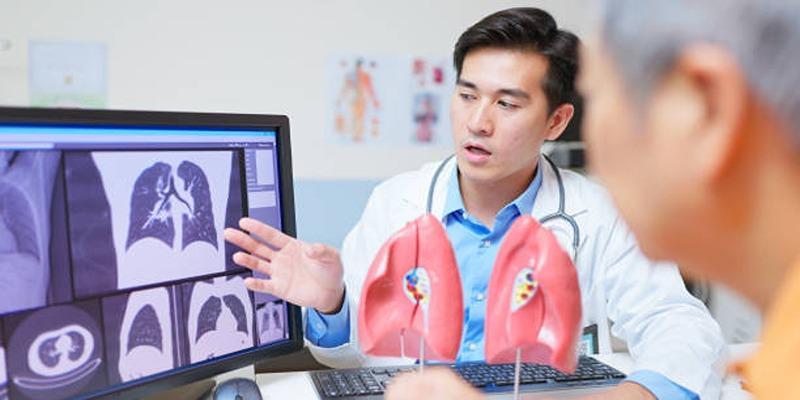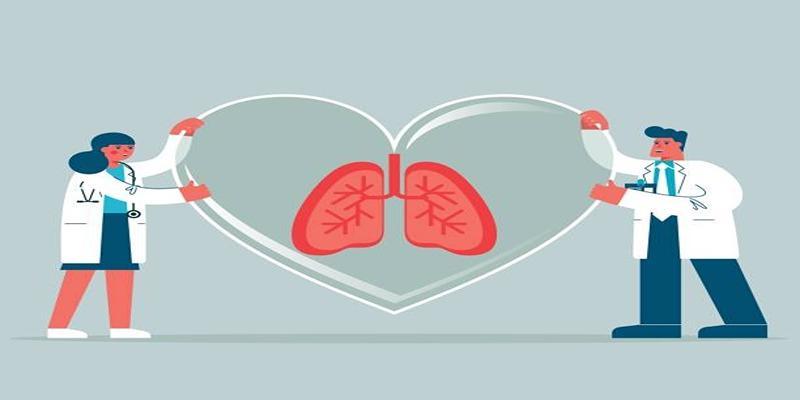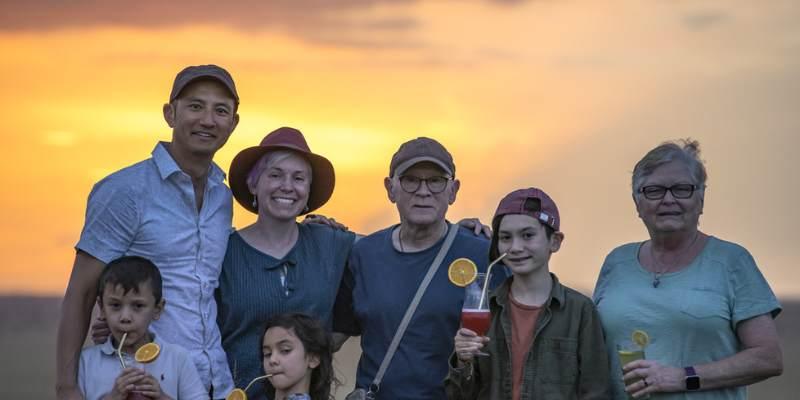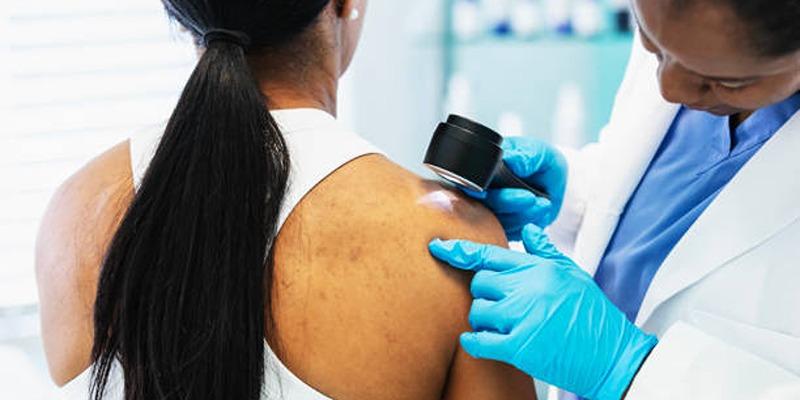More lives are claimed by lung cancer each year compared to colon and prostate cancers combined and many people are not aware of new screening options. With changes in technology and revised guidelines in the last one decade, early detection is more accurate and conveniently accessible. Since there are bad myths about screening, clearing the air and knowing the facts of screening may help save lives by diagnosing cancer at an early stage when it can easily be cured.
Fact 1: Low-Dose CT Scans Save Lives Through Early Detection
The great development in screening of lung cancer is the promotion of the use of low-dose computed tomography (LDCT) scan. In contrast to chest X-rays that may overlook small tumors or benignities at an early stage, LDCT scans would pick up lung nodules as small as a couple of millimeters.
The National Lung Screening Trial is one of the largest trials with more than 53,000 participants to determine that LDCT screening was able to reduce lung cancer mortality by 20 percent in comparison to the failure of chest X-rays. This implies that in case of five individuals with lung cancer that would have been a death sentence, one person is saved when LDCT screening is the procedure of detection.
Why LDCT Works Better Than Traditional Methods?
Low-dose CT scans emit far less radiation as normal CT scans without compromising the quality of the image enough to fail to depict the abnormalities. By giving detailed cross-sectional images of the lungs, the technology enables the radiologist to pick immature spots that would not show up on a chest X-ray.
Such examinations are capable of detecting lung cancer at Stage I, providing that survival chances are about 85-90 percent in five years. This can be compared to Stage IV lung cancer which has a five-year survival rate at 5%. The discrepancy of the outcomes is staggering and why early detection is one of the most important aspects.
The Screening Process
The screening procedure is pain-free and will only take a matter of seconds since DCT screening only takes about 30 seconds. Patients are placed on a table that moves through a CT scanner as the patient briefly holds his or her breath so that images can be taken. Screening tests need no injections or contrast materials.
The results can be known in a few days after and in most cases, scans do not indicate any cancer. Whenever suspicious nodules are identified, an additional observation or testing may be prescribed in order to define its benignity or the necessity of further examination.
Fact 2: You May Qualify for Screening Even If You Quit Smoking Years Ago
Other former smokers underestimate the risk they continue to face of lung cancer and as a result may miss eligibility to screen programs. This myth punishes thousands of persons by depriving them of screenings that could have saved their lives.
The U.S. Preventive Services taskforce guidelines gives a protocol of annual LDCT screening of individuals aged 50 to 80 years with a 20 pack-year smoking history and who are active or presently stopped smoking within 15 years. A pack-year consists of the smoking of a pack of cigarettes a day, over a 1-year period and thus someone who has smoked 2 packs of cigarettes every day, over a period of 10 years has a 20-pack-year history.
Risk Doesn't Disappear Immediately After Quitting
Although stopping smoking greatly alleviates the risk of lung cancer in the long run, the risk is still large long after a quitter resolves to give up the habit. Quitters experience greater risk of smoking than never-smokers about 15 years after they quit. This is because this longer risk period that warrants screening to include individuals who quit smoking as much as 15 years ago.
The advantage is that cessation of smoking boosts the effects of screening. Current former smokers that go for constant screening and are treated as soon as any cancer is diagnosed have successful results compared to those who carry on with the habit of smoking even during the time in which they are being treated.
Beyond Smoking: Other Risk Factors
Although smoking is the major risk factor of lung cancer, other factors may increase risk as well. These involve exposure to radon gas, asbestos, diesel exhaust and some chemical. Lung cancer also has a familial component: having lung cancer in one of the parents can raise a person who has never smoked to the risk of developing it.
There are medical centers that provide a screening program to high-risk patients who do not meet the conventional criteria for the presence of the smoking status. You may be anxious about your risk of having lung cancer as a result of factors other than smoking, but your physician can advise you on your situation.
Fact 3: Insurance Coverage Makes Screening Accessible to Most Eligible Patients

Not everybody can afford medical checks since it is an expensive practice, but lung cancer screening has a wide insurance coverage. The level of knowledge concerning your options in terms of coverage can eliminate a major stumbling block toward potentially life-saving care.
Alongside this, Medicare covers LDCT lung cancer screening on an annual basis since 2015 to those who are qualified. Insurers are also being required to cover screening when being conducted as per laid-down guidelines, most recent private insurance plans, courtesy of the Affordable Care Act which has stipulated that preventive services must be covered without a cost component.
What is normally covered?
Insurance typically covers the lung cancer mammogram screening process, covering both the initial lung cancer screening scan and providing cover over any follow-up imagery or consults (should there be a need to do so). Such extensive coverage will guarantee that a patient does not have to pay extra money to pass the whole screening process.
Not all plans are created equal, however, as some can have coverage requirements, and prior authorizations or referrals by a primary care provider. It is necessary to verify the details of your specific coverage in order to schedule an appointment of screening.
Shared Decision-Making Requirements
Documentation of patients participating in the shared decision-making with their healthcare givers is required under most insurance plans to cover the lung cancer screening. This is done through discussion on the benefits and risks of screening including false positive testing and over diagnosis.
Shared decision-making will help patients know what screening is all about and be able to make informed decisions regarding their care. Physicians can educate the community on how screening will be part of the overall health of the individual and answer any worries or inquiries.
Conclusion
Lung cancer screening saves lives particularly when using state of the art technologies. Apply or consult your health care provider in case you meet the criteria or have issues of concern. They can determine your risk and educate you on the benefits and risks with leading to accredited screening programs. The sooner it can be detected the better chances it stands to be cured-so let the misconceptions not hold you back to doing so.












